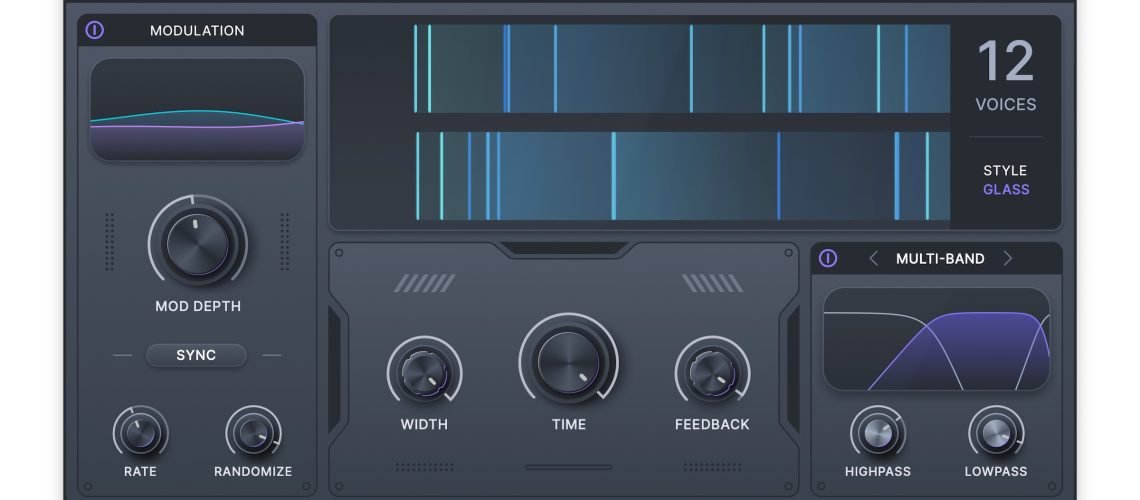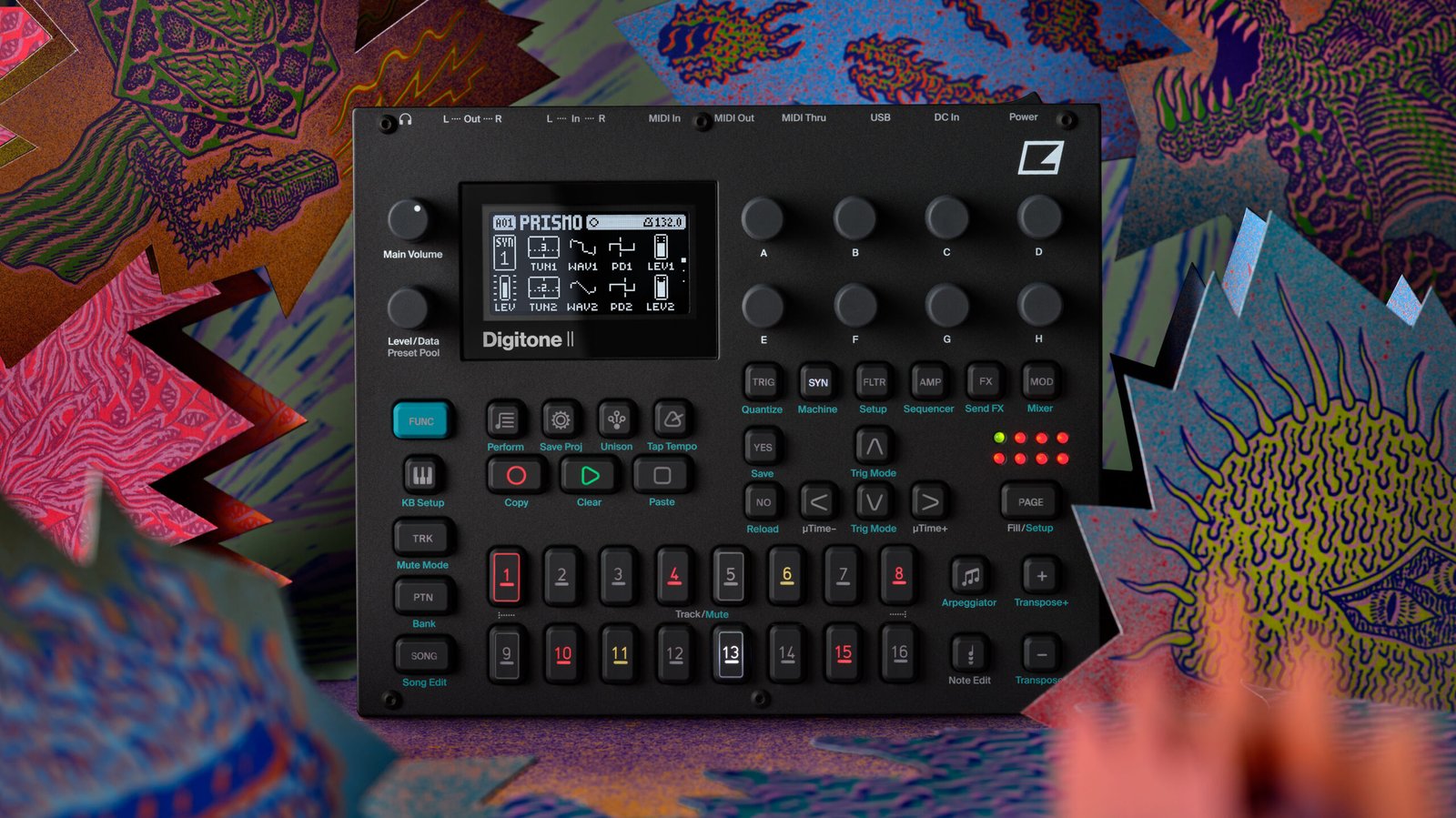Minimal Audio continues its straightforward standalone effects series with Flex Chorus. This is a thoroughly modern take on the genre with two very different-sounding modes, each calibrated for timbral character enhancement and big stereo.
I say that because we have an awful lot of retro-themed choruses out there. And nothing wrong with that, but they tend to aim for a very particular character – part of why the original hardware worked, but less suitable to extremes. (One of the best exceptions to that is the 16-layer Blend from Sinevibes – but more on that in my conclusion notes.)

Minimal Audio describes Flex Chorus as a “prismatic” effect and maybe that’s a good description. There are two algorithms here, each distinct from anything I’ve been able to find in my overflowing plug-in folder. “Smooth” is buttery and deep – Minimal says it “utilizes human frequency perception,” so I gather they’ve effectively weighted its harmonic content for these nice, dark results. Glass gives you more of what you’d expect from a modern multi-stage digital delay, with the ability to overload feedback into metallic pitched sounds. Having the two contrasting options really brings this into territory you’d want to consider.
You have a full gamut of two to 24 voices – that is, distinct delay lines – which offers a wide range out of outcomes. There aren’t a whole lot of controls on Flex Chorus, but Minimal Audio have done a great job of making this generally sound terrific across the full range. They’ve managed to more or less idiot-proof some processing directions that can easily be ear-splittingly unpleasant or just downright weird. Having all the available voices means you can easily turn Flex Chorus into a faux reverb if you like. But the simple multi-band controls also let you control the results of detuning and stereo spatialization.
And that’s where Flex Chorus really comes in handy. It’s versatile as a spatial tool, a stereo enhancer, a detuner, and a timbral effect (subtle or extreme). There are various other choruses that can do that, but some of what covers their sins – noise and grime and analog modeling to model vintage hardware – also can mean they wreck an element in the mix, as all that detritus can add up.
There are plenty of presets, too, though in this case the controls are so simple I’m not sure you’ll need them.
I tried to make this walkthrough not so much for musical purposes but so you can hear the different results. I love glass, too, because while I have, you know, actual reverbs for the deep reverb-y sounds, glass is a nicely focused, modern sound without becoming cartoonish or garish. (My presets in the screenshots and video, just so you don’t go looking or … complain to them about my stupid preset names.)
By the way – the Roland SH-2 sounds are from this tutorial I did for Roland. It winds up being a good pairing with Flex Chorus – and not the usual, noisy Roland choruses! Those presets are downloadable.
Oh yes – about Blend. So the funny thing is, Sinevibes’ work on Blend sounds to me almost like a mirror image of Flex Chorus. Minimal Audio covered the deeper and darker territory with “smooth” and rich multi-voice metallic sounds with “glass.” Sinevibes allows for some more extreme modulation, there are lo-fi and vintage modes (the opposite of the high-fidelity stuff in Flex Chorus), and while they also have necessary multi-band controls, it seems each routing decision is just that much different. Apart from that, sure, there are times you’ll want the vintage Roland sound – and then you’re spoiled for choice again.

But for modern chorus, Flex Chorus is an easy favorite. And I’m glad Minimal Audio is also offering up simple, a la carte designs with buy-alone, pay-to-own pricing options. You asked, and they answered. Yes, there’s some overlap with Cluster Delay and Swarm Reverb, arguably, but if you were to combine those, you’d wind up with a more complex UI. There’s also something to be said for just choosing one of these and really focusing on sound design with that.
If you do want the whole range, they offer (now more reasonably configured) subscriptions, too. But I’ve already found loads of uses for Cluster Flux, and nothing quite gets me like a chorus. Recommended.
Intro price on this is US$/EUR 29, then $49 after the intro period ends. VST/AU/AAX. You get two activations. (Subscriptions are $10-15/mo depending on term, but after customer feedback are now subscribe-to-own. This is the way.)
https://www.minimal.audio/products/flex-chorus
You know, multiple algorithms.




